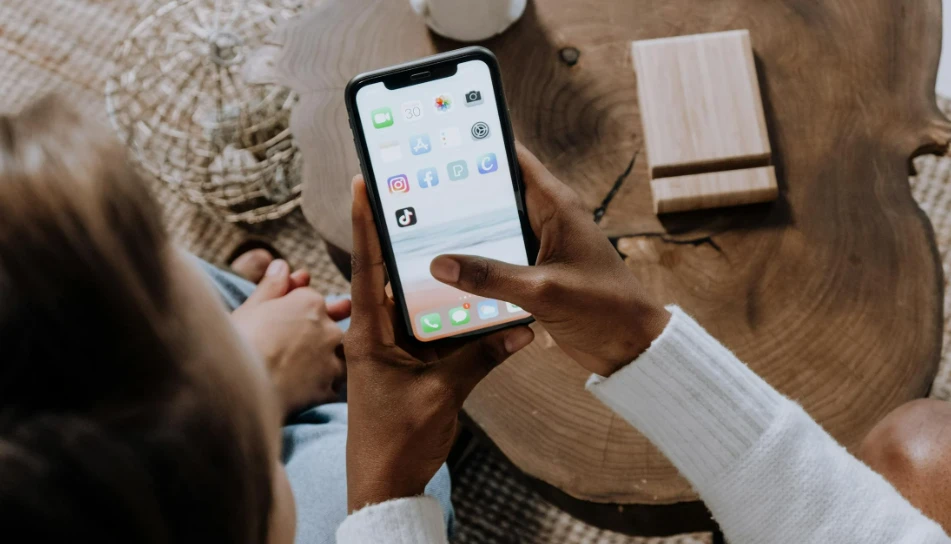
Launching an influencer marketing campaign is one of the most effective ways to reach engaged audiences and build authentic connections with customers. When done right, it combines creativity with measurable business results. This guide walks you through each stage of launching a successful influencer campaign, from defining goals to analyzing performance.
1. Define Your Goals and KPIs
Start by identifying what you want to achieve through influencer marketing. Your objectives will determine the type of creators you collaborate with and the metrics you’ll track. Common goals include:
-
Brand awareness: Reaching new audiences and increasing visibility.
-
Engagement: Driving comments, shares, and conversations.
-
Conversions: Generating sign-ups, sales, or other measurable actions.
Establish key performance indicators (KPIs) early, such as engagement rate, cost per conversion, or ROI. This gives your campaign a clear direction and measurable success criteria.
2. Know Your Audience
A strong influencer campaign starts with understanding who you want to reach. Analyze your existing audience data, social media insights, and buyer personas to determine what kind of creators resonate most with your customers.
Consider:
-
Which social platforms your audience prefers.
-
Their demographics and interests.
-
The tone, values, and content styles they respond to.
This helps ensure your message appears where your audience actually spends time.
3. Choose the Right Influencers
The right influencer fit can make or break your campaign. Look for creators whose values, audience, and content align naturally with your brand. Evaluate them based on:
-
Relevance: How closely their niche matches your product or service.
-
Authenticity: Whether they maintain genuine connections with followers.
-
Performance: Engagement rates, audience demographics, and content consistency.
For efficiency, use an influencer marketing platform like Hypefy to streamline this process. Such tools help filter influencers by location, audience type, and performance metrics, saving time and improving accuracy.
4. Build a Strong Campaign Brief
A detailed campaign brief sets expectations and ensures smooth collaboration. Include:
-
Campaign objectives and messaging.
-
Deliverables, content formats, and posting schedules.
-
Key talking points or mandatory mentions.
-
Usage rights, deadlines, and review steps.
Allow creative freedom where possible. Influencers know their audience best, and authenticity often performs better than overly scripted content.
5. Plan Your Budget and Compensation
Your budget should reflect your goals and the type of influencers you want to work with. Consider:
-
Influencer size (micro, mid-tier, or macro).
-
Platform and content type.
-
Campaign duration and deliverables.
Compensation models can include flat fees, performance-based payments, product exchanges, or hybrid models. Always put agreements in writing to avoid confusion later.
6. Manage Outreach and Communication
When reaching out, personalize your message. Reference the influencer’s previous content and explain why they’re a great fit for the campaign. Avoid mass outreach templates—they’re easy to spot and often ignored.
Keep communication organized by using structured outreach tools or campaign dashboards within an influencer marketing platform like Hypefy. This helps track responses, approvals, and deliverables in one central place.
7. Launch and Track Your Campaign
Once the content goes live, monitor it closely. Track engagement, reach, and sentiment in real time. Stay active during the campaign—reshare posts, comment on influencer content, and keep the momentum going.
Important metrics to monitor:
-
Engagement (likes, comments, saves).
-
Reach and impressions.
-
Traffic and conversions through unique links or discount codes.
A strong influencer marketing platform can consolidate these metrics into one dashboard, giving you instant insights into campaign performance.
8. Evaluate and Optimize
After the campaign ends, analyze the data to understand what worked best. Compare results against your KPIs and gather feedback from both influencers and your team.
Use these insights to refine future campaigns—adjust your messaging, influencer mix, or posting strategy based on real results. Influencer marketing improves over time when each campaign informs the next.
Common Mistakes to Avoid
-
Choosing influencers based only on follower count.
-
Skipping contracts or unclear deliverables.
-
Ignoring ongoing communication during the campaign.
-
Failing to measure ROI or review performance data.
Avoiding these mistakes helps protect your budget and strengthen your partnerships with creators.
Key Takeaway
Launching an influencer marketing campaign takes strategy, collaboration, and consistency. By setting clear goals, choosing the right partners, and using tools like Hypefy to manage the process, brands can transform influencer collaborations into measurable growth opportunities.

